From Illegal to Irregular: Changing the Public Image of Refugees, by Jennifer Lorentz
By Jennifer Lorentz, student of the Departments of Political Science and Slavic Studies, University of Victoria
Illegal to irregular: how the Canadian government has attempted to change the discourse of the immigrant image in the media through tone
Media and the Canadian Government
The media has undoubtedly played a large role in the portrayal of asylum-seekers in North America, particularly since the mass increase in immigration toward Europe around 2013. The emergence of new political parties driven by the anti-immigration discourse and new political platforms built on immigrant policy have continued to fuel the debate of migration policy. The ability to access media relatively quickly and easily has allowed people to not only shape their opinions on the matter, but contribute their thoughts back through social media. How the media approaches topics and the words they use create a tone, whether intentional or not.
The government and the media are closely linked. Television is still one of the most important mediums between the government and the people (D’Erman, 2019). Actions that the government takes are broadcasted to the public. Not all countries are like Canada, where there is more separation between media and government. The country I will be making a link to, Hungary, is narrowing that separation, especially after recent developments of hundreds of media outlets donated to a foundation run by the Hungarian Prime Minister.
Image of the Immigrant Through Canadian Policy
Steven Vertovec’s “The Culture Politics of Nation and Migration” is an interesting and very applicable view in Canadian immigration policy today and how Canadian citizens may view mass immigration. Canada, a country that celebrates legally-mandated multicultural policy, has had many political figures step forward to announce immigration as a national threat to Canadian culture.
Vertovec’s point is interesting, he says that the representation of immigrant culture constituted in “policies, state institutions, the media, and everyday perception surrounding key categories such as borders, legality and the law.” Canada has created its own idea of what an immigrant looks like through policies and laws. For example, Quebec’s proposed policy of banning niqabs. Using the niqab as representation of an immigrant, and then attempting to make the covering illegal might cause a false connection between the niqab and illegal immigrants, or niqab and illegal activity.
How Canadian Policy and Media Affect the Population
Like the media mentioned earlier, the voice of the government is an influence on the Canadian population. The kinds of policies and laws the government passes, also instead, have an effect on how the people approach immigrants. In what tone the government publishes official documents has an effect on how people receive the information. Although the change of a single word seems small, it can be snatched up by the media and broadcasted to the population. As shown in the example later of “illegal” to “irregular” even something a seemingly as simple as changing a word is broadcasted to the public to make news over changing something seemingly so small.
“Illegal” to “Irregular” in Canada
More recently, in July 2018 the Canadian immigration department run by the Liberal federal government and the Progressive-Conservatives of Ontario debated the use of particular words in a government-based informative page concerning asylum seekers in Canada, arguing that the words were used to create a negative tone. This came after the federal government edited a document published by the Progressive-Conservative provincial party in Ontario to remove the use of the words ‘illegal’ and ‘illegally’ to ‘irregular’ and ‘irregularly’. The idea of the Canadian government was to “minimize mischaracterization of asylum seekers as being in Canada illegally”. This change garnered support and criticism of all types through various political parties.
In relation to Vertovec’s point, the Liberal federal government and the Conservative provincial government are arguing over the use of certain words. How the asylum seekers in this article are portrayed can change people’s perception on the issue when the media brings attention to it. This brings me to some questions.
Should there be a standardization of terms concerning immigrant policy, and who might be held accountable to follow this? Does standardization help push one political agenda over another? How can a person ensure they are reading objective government material or is there even such a thing?
https://globalnews.ca/news/4355394/illegal-or-irregular-asylum-seekers-crossing-canadas-border/
Issue of Standardization
Enforcing standardization in the government could be considered a political tactic. The use of certain terms helps drive different platforms. A party with a platform built on anti-immigration may use the terms “illegal” and “illegally” to appeal to a particular population, while a party that is pro-migration into Canada may use other terms. Standardization may favour a certain opinion over another. While both terms could be technically correct depending on context, they carry different tones in writing that could sway a citizen’s opinion on the matter.
Connection to Hungarian Media
Hungary is experiencing a problem with media outlets having a suspiciously strong anti-immigrant theme after being donated to a foundation with ties to the Hungarian Prime Minister. This is quite an extreme case to compare to, but it helps show what the media is capable of. Any move the Prime Minister makes is turned into a story and broadcasted to the Hungarian population.
While not to the extreme of Hungary, is Canada using the same tactic to influence the public’s perception of asylum-seekers as well? Was the use of the term “illegal” by the Conservative government an example of the Conservative government attempting to drive a certain idea for the media to broadcast to the people? Was its change to “irregular” by the Liberal government also an example? As mentioned earlier, most Canadians rely on the media to learn about politics. It is not likely that the population is combing through government documents online to learn about current politics.
This argument has already made many headlines. Were these examples of the different forms of government attempting to use the media to reinforce their party idea? Which term should the immigration department be using to describe asylum-seekers? Should government documents be objective?

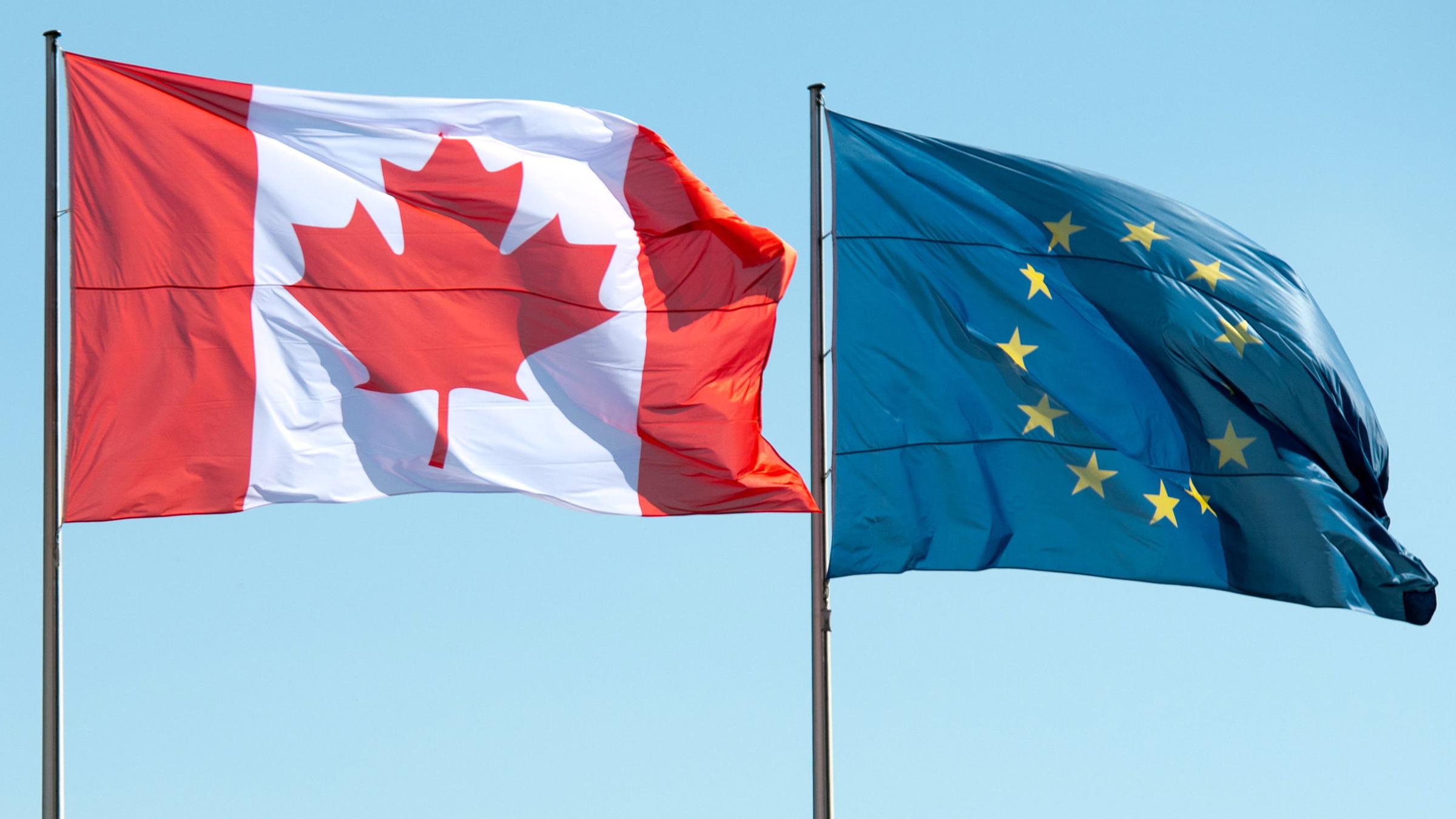 https://www.zdf.de/nachrichten/heute/ceta-abkommen-mit-kanada-ist-mit-eu-recht-vereinbar-100.html
https://www.zdf.de/nachrichten/heute/ceta-abkommen-mit-kanada-ist-mit-eu-recht-vereinbar-100.html
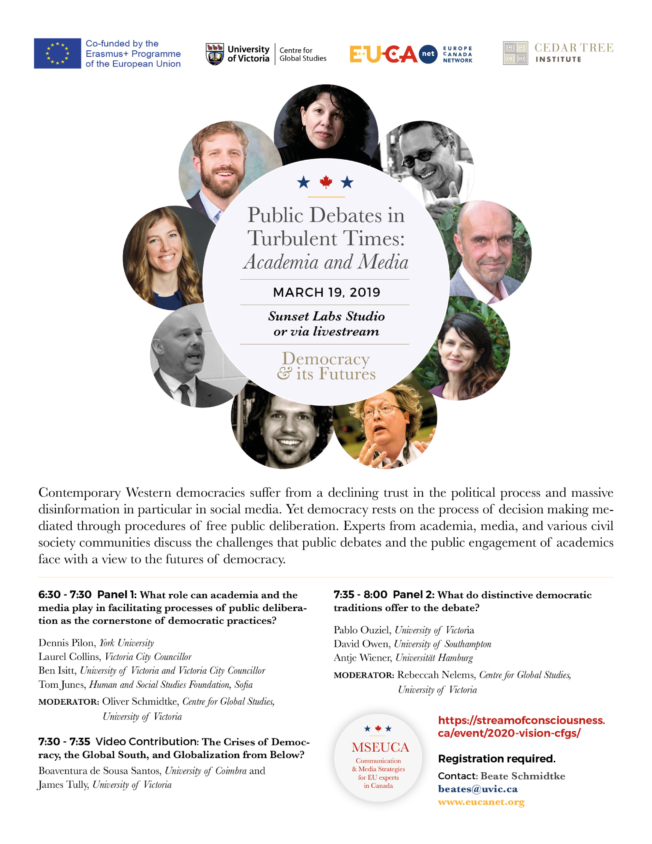
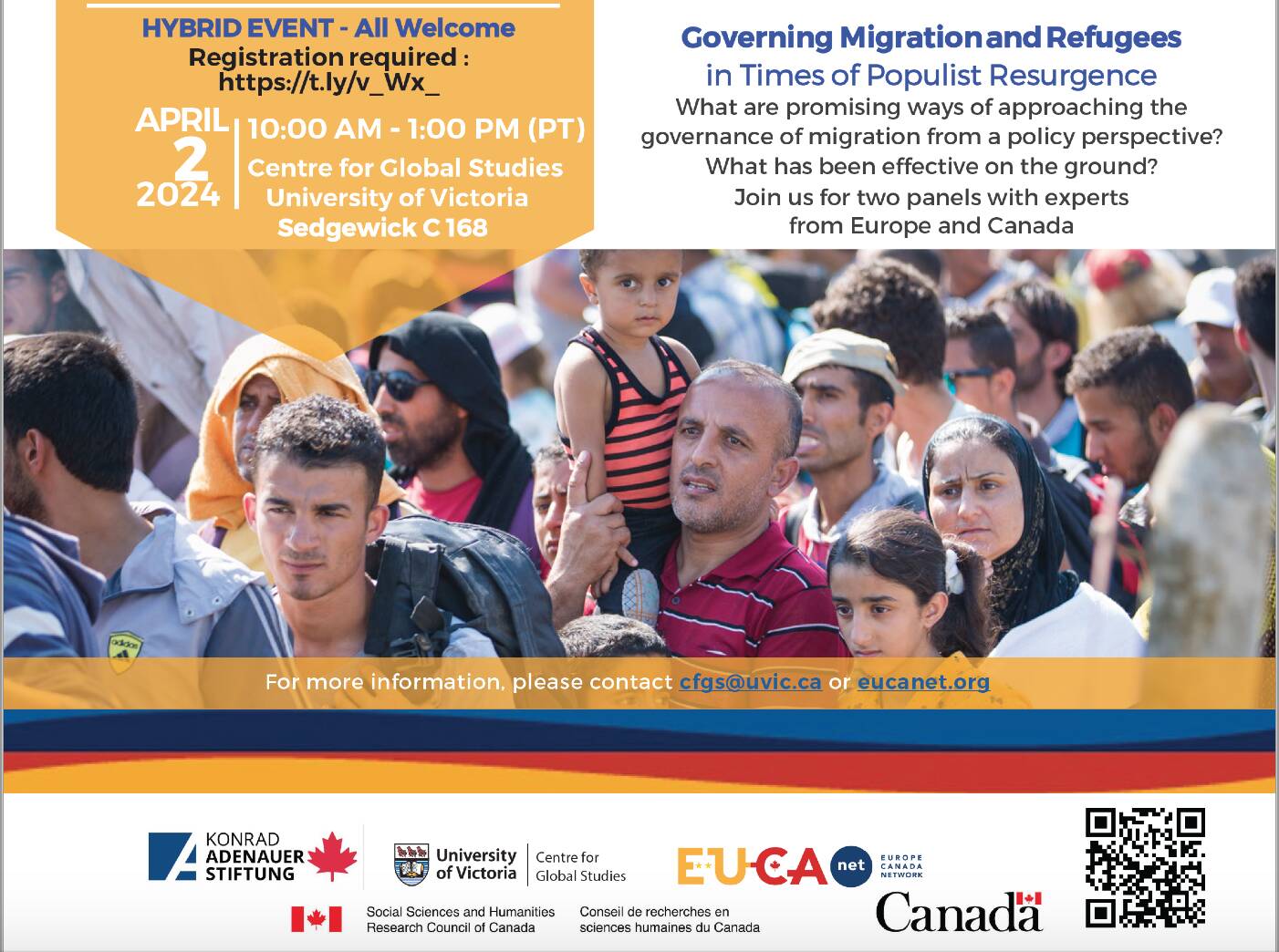
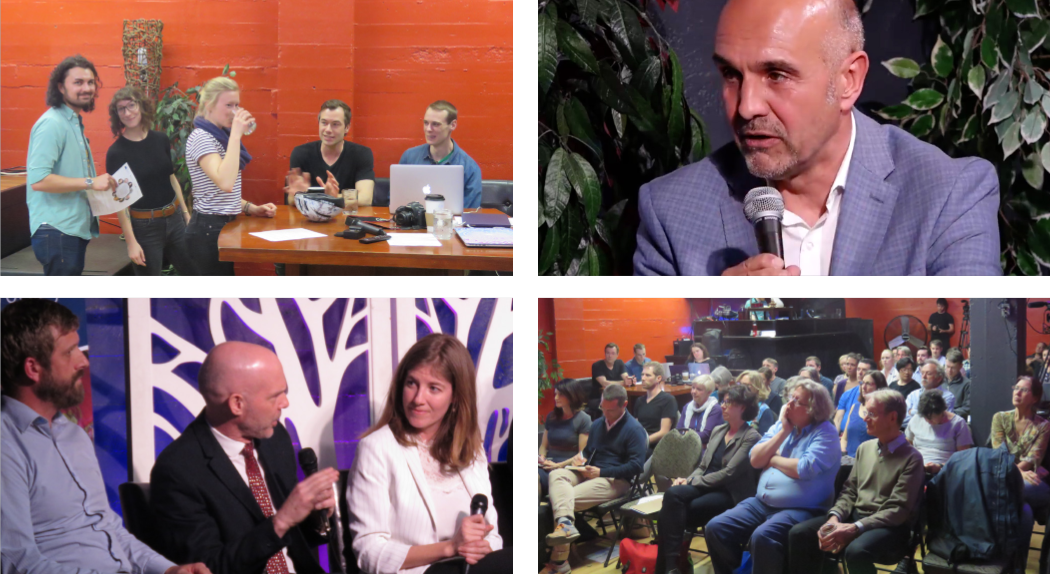
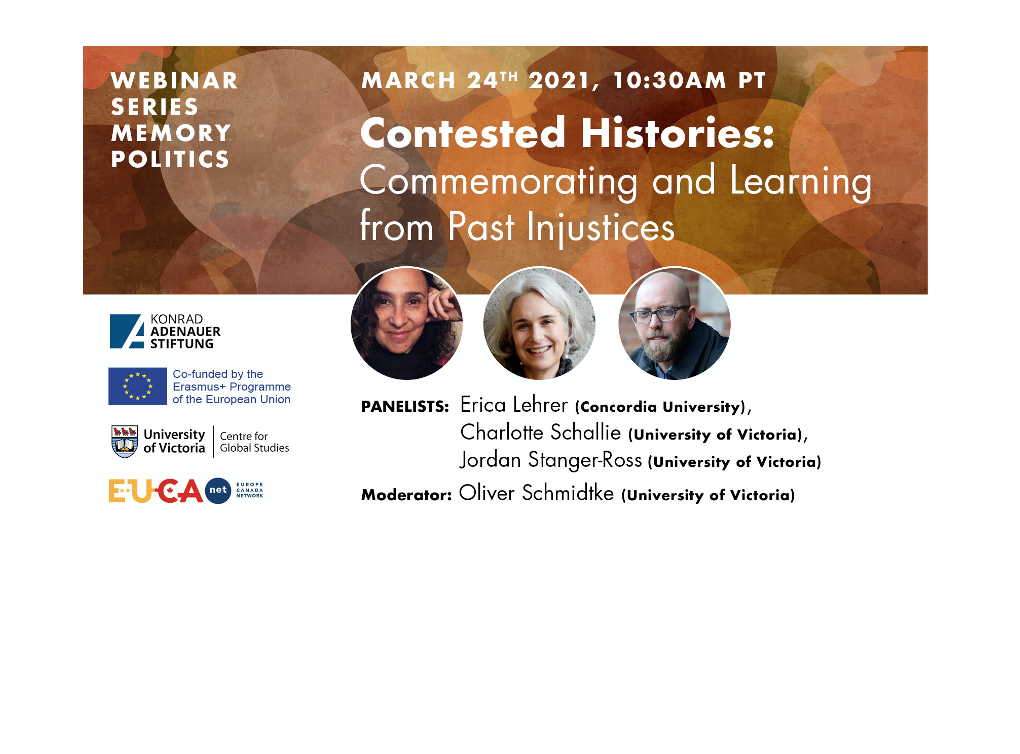
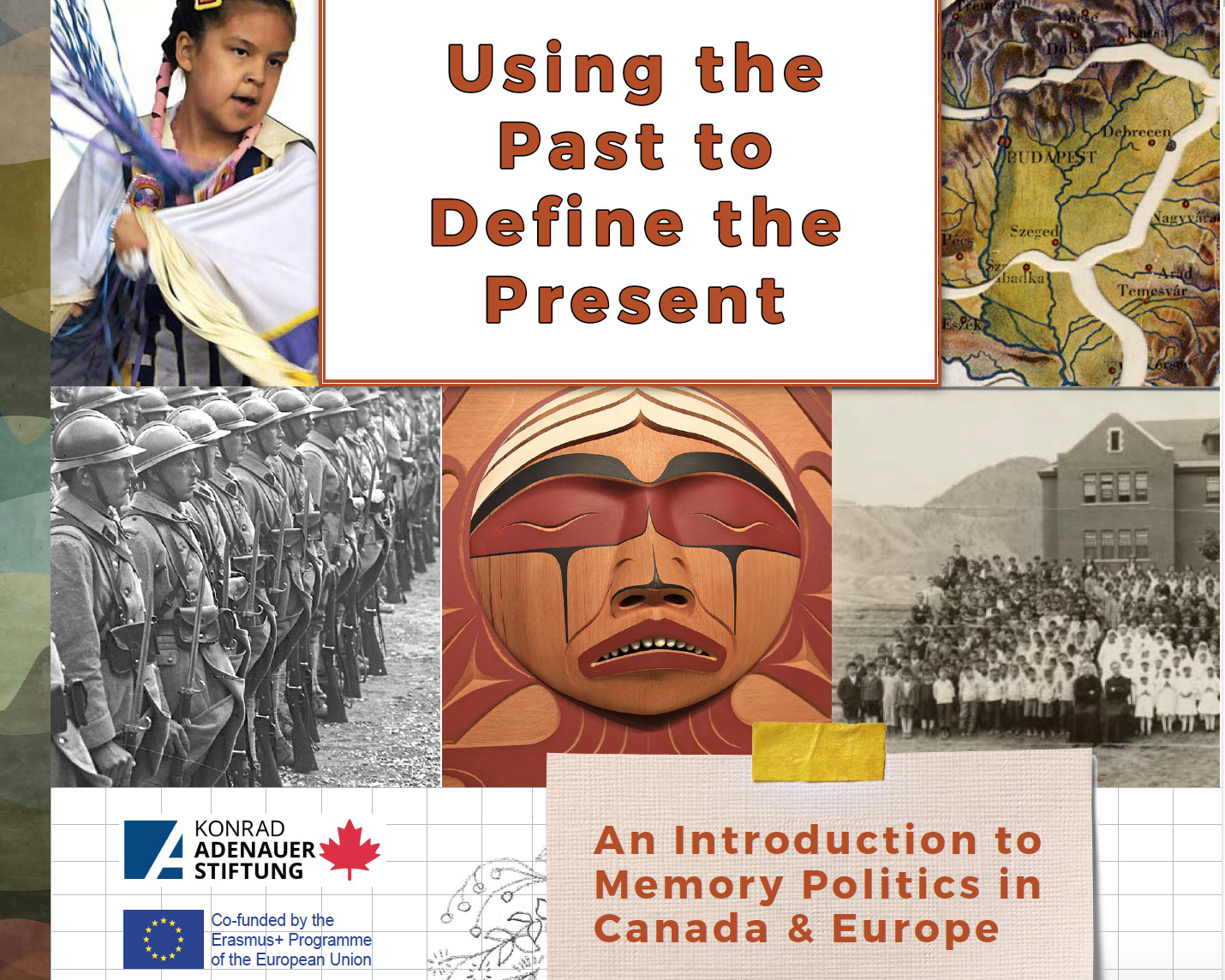



The media and government have real impact on the discourse around contentious issues like immigration, but they do not merely impose their message on the discourse. Discourse is intrinsically multifaceted. I do no find an issue in the language governments have been using because it is all a part of the process of negotiating these issues in public. Standardization would unfairly resolve these issues in a singular hegemonic view. Instead let me explore the readings of the use of illegal/irregular immigration language through reception theory.
The preferred message the Conservative government was not to exclude all immigrants or instill hidden violence towards them. ‘Illegal’ was to differentiate from the ‘legal’ immigrant. The legal immigrant being critical to the continued health of Canada’s economy in attracting specialized labour and to replace population in response to Canada’s low birth rate. The goal was to put a clear delineation between immigrants who in one view, support Canada and those which are a burden. The language was in a way sympathetic to the majority of immigrant experience. The legal immigrant does not want to experience racism, or tarnished reputation because of those who are deemed to not adhere to the laws of the land.
The oppositional reading, of which I believe you are adhering to in your post, is that illegal is still too hostile to the plight of the immigrant. Culminating in that ‘illegal’ is a problematic label in reference experience of the asylum seeker. All asylum seekers who arrive are not deemed legal until their status is confirmed by the governing bodies. This gives rise to the ‘irregular’ label. This is sympathetic to those who by universal human rights are legitimately seeking asylum. Yet, it may also soften the message to the economic immigrant, who are often seen as illegitimate irregular immigration.
The public needs to be allowed room to have a nuanced reading and understanding of immigration issues. At times they may be reductive and problematic, but I do not believe the government’s preferred reading was intentionally inciting. Even if my analysis is all wrong and it was, that is not the matter. The important thing is that the language and message of parties are not so influential that their intentions are etched on the minds of the public unfiltered. The important revelation of bringing reception theory into this case is that the public negotiate the messages for themselves.
If you are looking for policy options to constrain extreme readings and outcomes the focus should be on the receptive side of this exchange. Standardization cannot be done without politics. Standardization would discourage critique and make an enemy of dissenting ideas. Parties should be using language to reinforce their positions, as well, they should be examined. The problem here is not some invisible agenda. In the same way there are limitations to what the media can say, there should be for the government, but that is for things stipulated in the charter. Attacking the ‘connotation’ of a word is dystopian and not conducive to the democratic process. The real problem is the democratic deficit in these areas. An objective government is not possible. If it was we would have no need for politics. By all means question a government on its word choice, but if you mean to censor, consider if the government legislated censorship of your individual word choice that lent itself to a certain framework of perspective. If they were legitimizing problematic language in hate speech and things of that ilk it could be a concern, but censuring based on potential of intentions is unfounded.
As a people, as a society we will face uncomfortable ideas, that is healthy. Especially, if we are to retain some semblance of democracy. The prescription is not how we may rid the world of untoward motives and ideas, but how can we prepare the public to negotiate and critically examine them.
There is an interesting link between three blog posts: “From Illegal to irregular: Changing the public image of refugees”, “Canada’s border and Migration policies in comparative perspective” and “Futures of Democracy and the role of academia: Moving away from jargon and excessive theoretical baggage”.
Franziska Fisher calls for “methodologies and tools to disrupt and unlearn, what has been produced out of a place of fear, rather than compassion, or even merely a fact-based understanding of the situation.” in regards to the misperception regarding migrants and refugees in Canada and Europe. Similarly, Jennifer Lorentz details the role that small changes in vocabulary, when discussing policy issues, can have to help reframe the issue (for better or worse). Changing the word illegal to irregular can change the perception that the public has on individuals from abroad and their impact on the community. These two posts fall in line with what Ryan Beaton writes – the need to move away from technical jargon towards accessible language that can be understood by all “to ease the discussion across disciplines”.
I argue that these three posts present a policy solution to the systemic issue facing western democracies; misinformation and populist rhetoric. Often populist leaders will use simple, colloquial jargon while the ‘technocratic elites’ they criticize and demonize are left discussing policy options using incomprehensible jargon. One tool to “disrupt and unlearn” (Fisher) the anti-immigrant rhetoric would be to produce ‘jargon-free’ literature and fact-based media campaigns that are easy to understand. Producing knowledge that is digestible for the mass public and easily picked up by media outlets can be an effective way to ‘throw sand’ in the mechanisms of policy-making and populist rhetoric. Clearly, appealing to the masses through common language is an effective tool that is used by populist leaders but can also be used to the advantage of creating an environment where pro-immigrant and pro-refugee policy options are welcomed by the people.
In an era of ‘click-bait’ and fake news, I believe that academics, civil society, politicians and media outlets must work together to create fact-based campaigns that counteract the negative, fear-based rhetoric that populists thrive on. Providing an informative and attractive counter-narrative in the same (technical jargon free) vernacular that populists use, on media platforms that everyone uses is an important step in that direction.